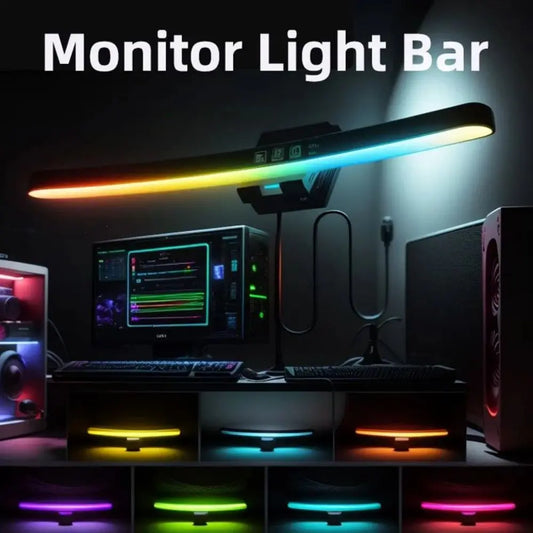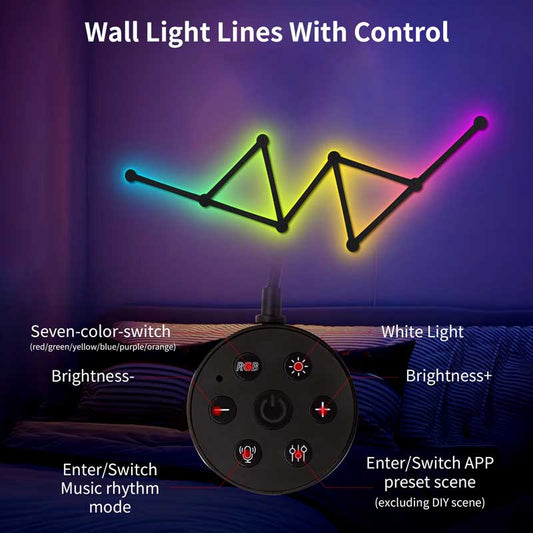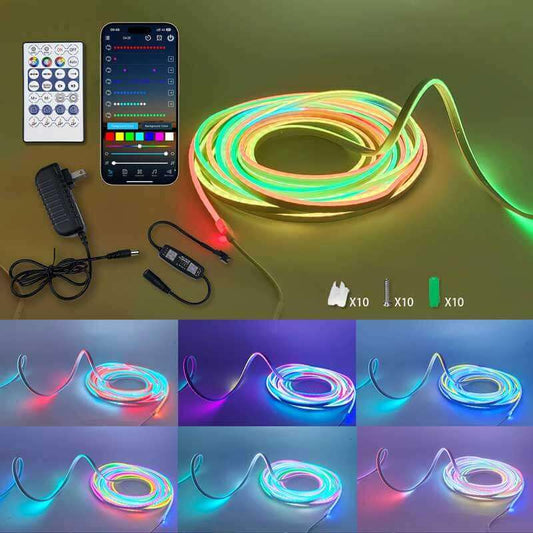What helmet do Navy SEALs wear?
Aktie
Navy SEALs are known for their exceptional training, equipment, and readiness to tackle any situation. The helmet they wear is an essential piece of their tactical gear, designed to provide protection, support communication systems, and accommodate other essential equipment. SEALs wear different helmets depending on the mission, environment, and operational needs. Here’s a look at the types of helmets Navy SEALs typically use and how they enhance their performance:
1. Ops-Core FAST Helmet (Future Assault Shell Technology)
The Ops-Core FAST Helmet is one of the most commonly used helmets by Navy SEALs, as well as other special forces and military personnel worldwide. This helmet is designed for high-performance operations, offering a combination of comfort, durability, and versatility.
Key Features of the Ops-Core FAST Helmet:
- Advanced Protection: The FAST helmet is made from advanced composite materials, typically Kevlar or Aramid fibers, to offer high ballistic protection and resistance against blunt force trauma. It's designed to protect the head against a variety of threats, including shrapnel, gunfire, and blunt impacts.
- Lightweight Design: Weighing less than other traditional military helmets, it provides essential protection without adding too much weight, which is crucial for long-duration operations.
- Modular System: The FAST helmet allows for easy attachment of accessories, such as night vision goggles (NVGs), communication headsets, and helmet-mounted lights, making it versatile for a range of missions.
- Ventilation: The helmet features airflow vents to reduce heat buildup, ensuring the operator remains comfortable during intense operations.
- Chinstrap and Retention System: A highly adjustable and secure retention system ensures the helmet stays in place, even during high-impact activities or fast movements.
2. MICH Helmet (Modular Integrated Communications Helmet)
The MICH helmet is another option that Navy SEALs sometimes use. It is designed to be an improvement over the older PASGT (Personnel Armor System for Ground Troops) helmet, offering increased comfort and versatility.
Key Features of the MICH Helmet:
- Modular Integration: Similar to the FAST helmet, the MICH helmet can also be configured with communication systems, NVGs, and other accessories to support SEAL operations.
- Enhanced Ballistic Protection: The MICH helmet offers excellent protection against ballistic threats, including fragmentation and blunt force trauma, though it’s often considered slightly less advanced than the FAST helmet.
- Customizable Fit: The MICH helmet comes with an adjustable retention system and comfort pads for a personalized fit, ensuring maximum comfort for operators in the field.
3. Team Wendy EXFIL Helmet
Another helmet used by Navy SEALs, especially in specialized operations, is the Team Wendy EXFIL helmet. Team Wendy is a leading brand known for making high-quality helmets used in military and tactical operations.
Key Features of the EXFIL Helmet:
- Carbon Fiber Shell: Some versions of the EXFIL helmet are made from carbon fiber, offering a lightweight yet extremely strong construction that provides optimal protection without adding significant weight.
- Zorbium Foam Liner: Team Wendy’s Zorbium foam liner system is designed to provide enhanced impact absorption and reduce the chances of head injury from blunt force trauma.
- Modular Accessories: The EXFIL helmet has multiple attachment points for accessories like NVGs, communication headsets, and lights. This makes it adaptable for various mission requirements.
- Comfort and Ventilation: The EXFIL helmet features an advanced retention system and ventilation that ensure comfort during long operations in hot or physically demanding environments.
4. Specialized Helmets for Different Environments
Navy SEALs are known for their versatility and ability to operate in diverse environments, including underwater, in the jungle, and in urban settings. As such, SEALs use different helmet variations to adapt to specific operational needs.
Examples of Specialized Helmets:
- Combat Divers: When SEALs operate as combat divers, they use helmets that are compatible with scuba gear and underwater operations. These helmets often have integrated communication systems and are designed to work effectively with full-face masks and diving equipment.
- Cold-Weather Operations: For missions in extremely cold climates, SEALs may use helmets equipped with additional insulation or thermal regulation systems to prevent heat loss and protect against hypothermia.
How Do Navy SEAL Helmets Work?
Navy SEAL helmets are designed not just for impact protection, but also to integrate seamlessly into their tactical gear. Here's how they enhance the performance of SEAL operators:
1. Ballistic Protection
Navy SEAL helmets are primarily designed to protect the head from ballistic threats such as gunfire, shrapnel, and explosions. They are made of advanced composite materials that provide high-level protection without adding unnecessary weight.
2. Communication Support
Many of the helmets used by SEALs, including the FAST and MICH helmets, feature communication systems that allow operators to communicate with each other in real time during complex operations. These systems include radio systems and headsets that are integrated directly into the helmet.
3. Night Vision Goggles (NVG) Mounts
The ability to operate in low-light conditions is a key capability for SEALs. Full-face helmets like the Ops-Core FAST and MICH helmets often have dedicated mounting systems for NVGs, allowing SEALs to see clearly in total darkness while keeping their hands free for other tasks.
4. Comfort and Retention
SEALs may need to wear their helmets for extended periods, so comfort and fit are critical. Helmets like the EXFIL and Ops-Core FAST come with adjustable padding and retention systems to ensure the helmet stays in place during high-speed maneuvers or in combat situations.
5. Adaptability
Navy SEAL helmets are highly adaptable, with modular accessories that allow SEALs to equip their helmets with lights, cameras, or other mission-specific tools. This flexibility ensures the helmet meets the needs of the mission at hand, whether they are breaching a building, performing a HALO (High Altitude Low Opening) jump, or conducting a covert underwater operation.
Conclusion
Navy SEALs wear specialized helmets that offer superior protection, comfort, and versatility for their wide range of missions. The most common helmets used include the Ops-Core FAST, MICH, and Team Wendy EXFIL, each designed to provide high-level ballistic protection, support advanced communication systems, and accommodate critical accessories like night vision goggles. These helmets are a vital piece of gear that helps SEALs maintain peak performance in demanding environments.
Whether it's protecting them from gunfire, ensuring clear communication, or adapting to various mission needs, the helmet is a crucial part of the Navy SEALs' tactical equipment.




